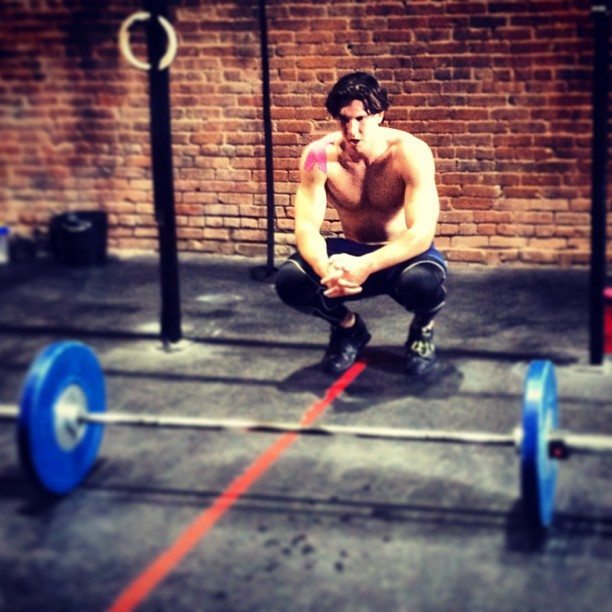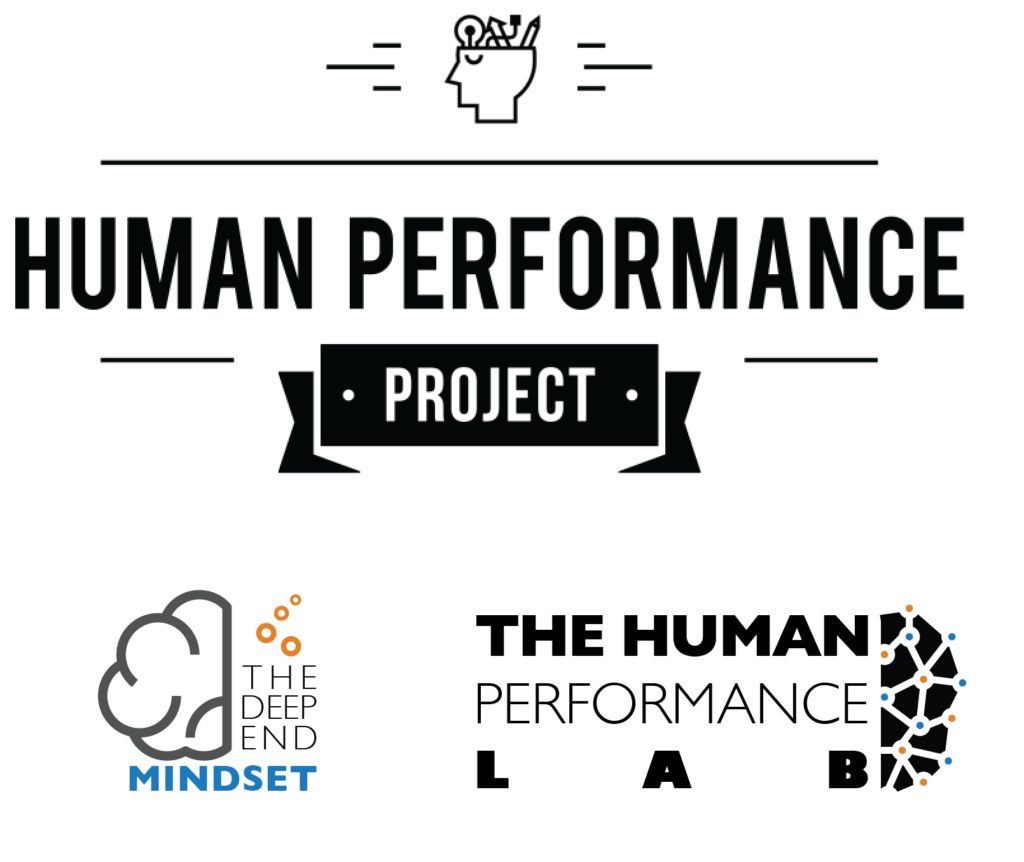The truth behind the smile
If you had asked me how my Crossfit training was going two weeks before the Canada West Regional’s I would have had to wear my best mask to convince you it was going well.
I was at the end of my rope. Physically, mentally, emotionally, and spiritually.
6 months earlier I had joined Crossfit 604, a gym where I knew no spot was guaranteed, and I was at the bottom of a rather large and intimidating totem pole. I had worked tirelessly everyday to climb my way up. I never realized how exhausting this climb would be. As the days counted down to Regional’s every workout felt like it was do or die. When you are fully engaged at such a high level in any sport or profession, this constant mental state becomes extremely taxing…
One night I broke down to Tash. “I’m letting my coach know this is my last week of ‘full-on-engagement’ in trying to make our Regional’s team…”
Thank God for Tash. She reminded me how far I had come and how close I was. She gave me the encouragement and support I needed to push a bit further.
A couple of days later my coaches told me I had earned a spot – and in that moment I fell back in love with the game of elite performance and leadership in sports all over again (more on that soon!).
Coming down from Regionals
It wasn’t until Regional’s were over and I had the freedom to train (or not train) that I realized this was so markedly different from my NCAA division 1 basketball and track and field careers. In almost all avenues of athletics there are clearly defined in and off seasons that are structured purposefully to develop athletes and teams to achieve peak performance in that 4-6 week “playoffs and championships” season.
I have found that in Crossfit, this transition to cycles, seasons, and development is implemented on a team by team, boy by box basis, the responsibility lies on the coaches and owners of each gym. There is a reason why I am so passionate about the role of specific training seasons in Crossfit. The passion stems from my deeply held belief that when we are able to shift from full-on engagement, to passive and even no-engagement, we see greater results and success over a long term period of commitment. I believe this to be true not only for every Crossfitter on the spectrum, but also in all of our pursuits in life beyond sports. This has been a powerful transcendent model in my life.
My Crossfit Sabbatical
I am currently writing this post from a small village in the northern coastline of rugged and rural Spain.
It has been two weeks since the Crossfit Games and I am proud to share that I haven’t stepped into a box or done a WOD since then.
This is my off-season.
And after 2 weeks this off-season is already killing me. Each day it feels as though my veins are pumping more intensely to get back in a gym and Squat… Or Snatch. With my body not having access to the endorphins that I normally experience on a daily basis, my brain has gone into full attack mode, methodically and strategically mapping out all the details of my next training year to ensure success.
And this is perfect, it’s exactly what I need. When placed in context of a full season, this three week rest is much more valuable than the short term loss in strength, aerobic and anaerobic capacities (IMHO). As far as how the season breaks down, I have identified four key segments in addition to my full stop rest.
1) Early Season – September to February
This first segment of the season is dedicated towards making strength gains, working on specific weaknesses, and focusing 100% on movement perfection over place and time.
- Seven months allows enough time for some significant strength gains and a focus will be placed on strength versus building (an)aerobic capacities.
- This also allows enough time to develop long term strategies to improve weaknesses and mitigate risks that are inherent with being a 6’6. 240 lb Crossfitter (yes, I’m a big boy!). Part of this is retrospectively looking back at where I have hit walls in the past, as well as looking forward to where walls lie in the future.
- I do not care about time or placement on a totem pole or against other members. I know that focusing on perfect movement, mechanics, and efficiency will be exponentially more valuable in the long term. I will never ‘let up’ because of this, but I will more importantly never compromise a movement or standard to finish faster.
2) Mid season – February to April – Open WOD’s and team training
- Since the beginning I have wanted to help build and lead a world class Crossfit team and culture. Earning a spot on the team is my #1 priority (over placing well in the Open, or achieving peak performance).
- My training will become more balanced between all forms of Crossfit.
- I will use the Open WOD’s as my first “Regional’s” prep.
- This is not to say that I will hold myself to any placement or outcome, but I will treat the preparation, visualization, pre-WOD routine, performance (etc.), just as it was a Regional’s or Games event.
3) Playoffs and Championships – April to June – Regional’s
- While one day I would love to sit here and say that based on the team foundation and culture we have built at Crossfit 604 the Games is ultimately our Championships – at this stage I am clear for 2014 it is still Regional’s.
- This component of the season will focus purely on performance outcomes. Building of specific capacities (eg. 3 RM OHS in 2013), and an additional significant (and likely crazy to most people) focus on recovery and fuelling.
4) The Big Dance – Crossfit Games in July
- Just as was the case in my Division 1 basketball career, making it to March Madness was icing on the cake and entails an even greater dose of specific training. This season will see an added dynamic of team chemistry, dealing with unknown variables, and bonding together in and out of WOD’s will be present.
So, why am I sharing this with all of you?
My hope is that this post presents a valuable perspective on structuring a successful season for all the Crossfitters interested in competing.
I have found at times that Crossfit can be a culture where guilt can be associated with taking time off. Not guilt from a coach or training partner, but self-induced guilt. I hope that, if need be, my confession of taking some very intentionally time off can act as a permission slip for those who hold guilt over themselves when they go away or enjoy life outside of this sport. For transparency’s sake, I wholeheartedly self identify with this group (is it just me?).
My end goal is the Crossfit Games, for you it may be the same or something completely different. My encouragement to you is to think about what your ideal season looks like as you pursue that end goal.
Get clear and confident in this, and just as we enjoy the leaves turning colors from one season to the next, enjoy the transitions of your Crossfit season, whether you are in full engagement, or taking a break. Each new season brings fresh opportunity for growth, development, and learning as a Crossfitter, and more importantly as a human being.


